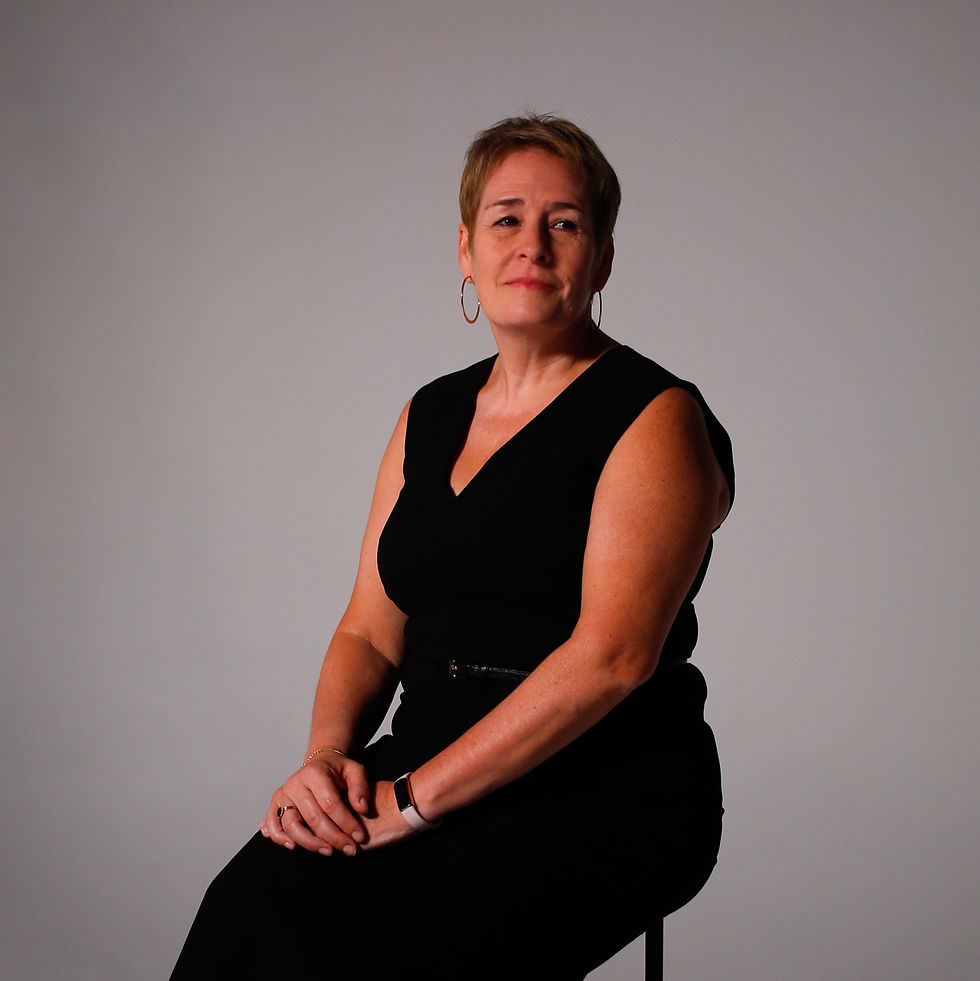Interview with Jan Sikora / Sikora Interiors
- DAA - Design Award Agency

- Nov 14, 2022
- 4 min read
Updated: Nov 17, 2022
What made you decide to become a designer?
As a young man, I was painting pictures. I lived in France and Belgium, where I created pictures documenting the city and it’s interiors. I realized quickly that I would like to create these spaces and engage in deeper interactions with the inhabitants. My dream became the vision to "enter the picture", to create my three-dimensional image which can be visited. I started designing interiors, with an artistic accent. Can you tell us more about your design background? I am a graduate and professor of the Academy of Fine Arts in Gdańsk. This is the place where I came from. I also have my own design studio nearby. I came from a 1,000-year-old port city with a Hanseatic heritage, open to influences from many parts of the world. The main inspirations are art, the presence of shipyards and industrial areas, and the presence of the sea. Being at sea and in the open space is a direct source of inspiration for me. On the other hand, inspiration is provided by 1000 years of architectural history which surround me during my daily activities.
How do you stay inspired and keep coming up with creative ideas? I live by minimizing the influence of common forms and ideas. I live without television, I do not look for inspiration on Instagram, and I make sure that my head is free from other people's forms. Seeing less, I become open to new ideas that arise in my head. The biggest inspiration for me is the form-free space. I think about the design projects, spending two hours a day on the electric board and sailing through the waves. The contact with the environment takes my awareness of the form into unmeasured spaces. I also found inspiration in the forest, where I lived with my family for almost a year. The forest taught me a different language and showed me the role of silence, emptiness, and darkness in design.
What does good design mean to you? I would describe a good design as an original, functional, and aesthetic answer to a given design problem. I believe that when assessing good design, not only marketing success counts, but also user satisfaction research. Part of the assessment should be the egalitarian nature of the design. Apart from responding to the user's needs, also the innovation of the design work is important to me while designing. Personally, I value objects that contain art in various forms.
What is the most challenging thing in your profession? Cooperation with investors and their emotions. The interior realization process is always connected with the personal ambitions and emotions of different people. Often, the transfer of fears and ambitions to the design studio occurs. Also, it is not easy to work with high ambitions collided with small budgets for implementation. Many investors shape their sensitivity on Instagram, Facebook, and Pinterest, which is an idealized world. This world introduces a point of view that is sometimes difficult to be implemented.
Please, explain the best project you are most proud of and why. It is the interior design of Sylwia Gaczorek's hair studio, which was implemented in Warsaw. This is a project on an unprecedented scale in Poland. It is characterized by courage and a progressive approach to design. We wanted the interior to give the impression of being unfinished, revealing the process and temporariness. We left the walls unfinished, the floor was painted during the creation process together with the investor, and the walls were made of non-durable construction foil. The interior is a transformation of the loft style.
What is your biggest design career moment? How does this milestone impact your career? At the age of 28, I designed the adaptation of a railway station in a small town in northern Poland to a library. This project received the most important Polish awards and an award granted by the International Interior Design Association in the USA. This project provided great recognition and contributed to the studio's development. Another 10 years were spent on developing the design studio, which turned out to be more difficult than getting publicity.
How do you learn and grow your knowledge and design skills? Every week I meet - as an academic lecturer and designer - with nearly 100 designers. It allows me to constantly redefine my approach to design and also get to know different perspectives. The second source is books and work experience, where mistakes and discussions can be the greatest teacher.
What would you say will be future of design? I think that the future - as it was in the past (e.g. at the source of the birth of modernism) - will be shaped by the development of technology. Artificial intelligence will gain importance and will shape the nature of project work. Additionally, new materials and parametric architecture can reveal new forms and ideas, as well as new habits related to living and functioning. What are your career plans for the future? We are currently working on the development of the studio to be able to popularize our activities in other European countries. We also implement a system of regular participation in design competitions.
Where can people find your projects and get in touch with you? You can contact us as follows:
www.sikorainteriors.com
office@sikorainteriors.com
www.facebook.com/SikoraWnetrza








Comments